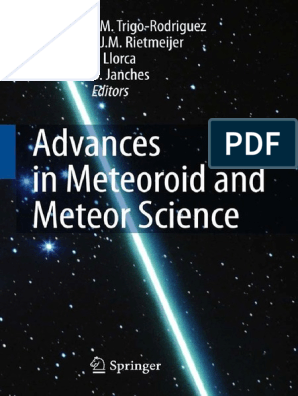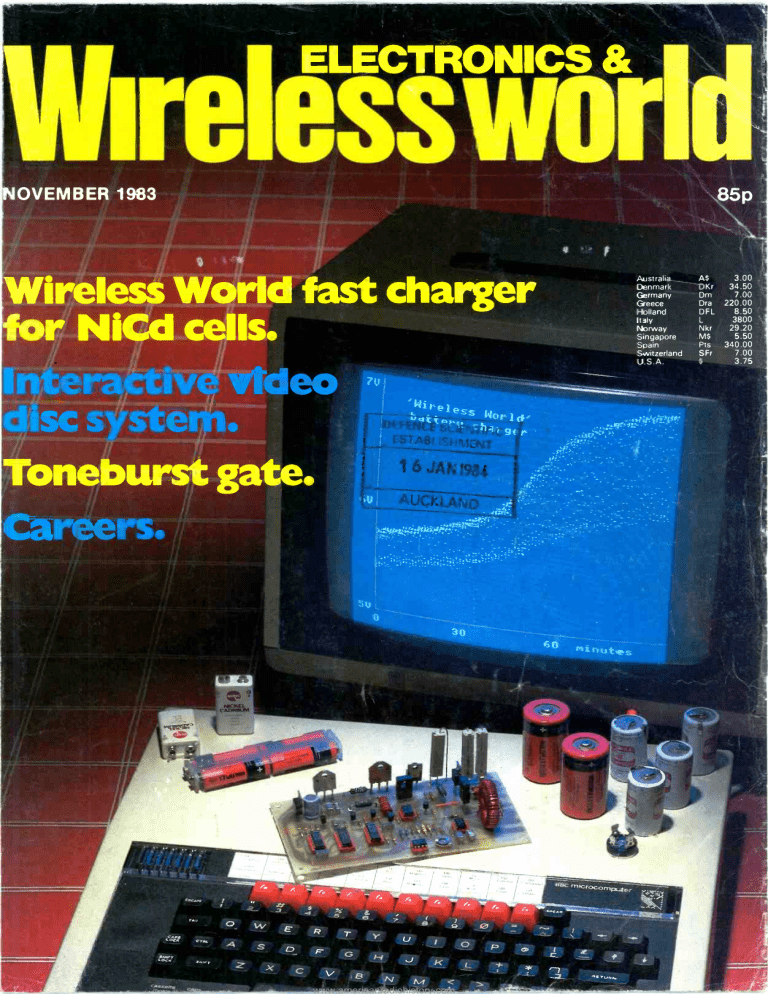- Asteroid Deflector Xl Mac Os Catalina
- Asteroid Deflector Xl Mac Os Update
- Asteroid Deflector Xl Mac Os Sierra
That is something a new algorithm called 'Deflector Selector' is designed to aid with — by weighing up different possible solutions to deal with the possibility of a deadly asteroid heading. Prevent asteroids from hitting a planet by changing their trajectory with various projectiles against the gravity of the planet and a nearby sun. Manage your economics like money, weapon research. For this reason, it is a free and open-source project. Ready for your wrist AsteroidOS unleashes the potential of your watch with up to 48 hours of autonomy and a set of apps including everything you need on a smartwatch: an agenda, an alarm clock, a calculator, a music controller, settings, a stopwatch, a timer and a weather forecast app. Asteroids batter Earth. You are sent out to stop them. Title Developer/publisher Release date Genre License Mac OS versions A-10 Attack! Parsoft Interactive 1995 Flight simulator Abandonware 7.5–9.2.2.
GPSBabel converts waypoints, tracks, and routes between popular GPS receivers such as Garmin or Magellan and mapping programs like Google Earth or Basecamp. Literally hundreds of GPS receivers and programs are supported. October 22nd mac os. It also has powerful manipulation tools for such data. such as filtering duplicates points or simplifying tracks. It has been downloaded and used tens of millions of times since it was first created in 2001, so it's stable and trusted.
By flattening the Tower of Babel that the authors of various programs for manipulating GPS data have imposed upon us, GPSBabel returns to us the ability to freely move our own waypoint data between the programs and hardware we choose to use.

It contains extensive data manipulation abilities making it a convenient for server-side processing or as the backend for other tools.
Jungs labyrinth mac os. GPSBabel does not convert, transfer, send, or manipulate maps. We process data that may (or may not be) placed on a map, such as waypoints, tracks, and routes.
Does it run on my computer?
Almost certainly. GPSBabel runs on Microsoft Windows Windows 7-10 as well as POSIX OSes such as Mac OS/X and Linux.
This is amazing! What does it cost?
GPSBabel is free software. It is free to download and use, and it's free to modify for your use, as it's distributed under the GNU Public License.
Supporting the project
We get a constant stream of requests to support new hardware, adding support for new OSes, and such. It costs a lot of time and money to buy GPS receivers, programs, and computers for development. You can help fund the next generation (hey, someone funded what's there now..) by supporting the project with your time or your donation. If you have a way you'd like to see the money spent (i.e. improving Mac support, new GPS models, etc.) please mention that in your submission. We appreciate all the help we can get
PayPal DonationEnjoy
Robert Lipe,
Chief Babel-Head
Introduction

It contains extensive data manipulation abilities making it a convenient for server-side processing or as the backend for other tools.
Jungs labyrinth mac os. GPSBabel does not convert, transfer, send, or manipulate maps. We process data that may (or may not be) placed on a map, such as waypoints, tracks, and routes.
Does it run on my computer?
Almost certainly. GPSBabel runs on Microsoft Windows Windows 7-10 as well as POSIX OSes such as Mac OS/X and Linux.
This is amazing! What does it cost?
GPSBabel is free software. It is free to download and use, and it's free to modify for your use, as it's distributed under the GNU Public License.
Supporting the project
We get a constant stream of requests to support new hardware, adding support for new OSes, and such. It costs a lot of time and money to buy GPS receivers, programs, and computers for development. You can help fund the next generation (hey, someone funded what's there now..) by supporting the project with your time or your donation. If you have a way you'd like to see the money spent (i.e. improving Mac support, new GPS models, etc.) please mention that in your submission. We appreciate all the help we can get
PayPal DonationEnjoy
Robert Lipe,
Chief Babel-Head
Introduction
Near Earth Object Program
Asteroid Deflector Xl Mac Os Catalina
Impacts throughout history
Modern Day Risks
The world received an impressive reminder of the dangers of asteroids on the morning of February 15, 2013, when an asteroid exploded over the town of Chelyabinsk, Russia [12, Fig 2]. The resulting explosion, or superbolide, damaged over 7,000 buildings, and injured more than 1,500 people [13]. Fortunately, there were no fatalities. The asteroid that caused the damage was only 17 to 20 meters in size, a mere baby when compared to Apophis. Still, even this small asteroid became a 440 kiloton air-blast bomb upon entering the Earth's atmosphere [12] (Fig. 2).
The potential effects of an asteroid collision are clear enough. What remains is the question of what to do when the Earth is faced with its next certain encounter. Of course, there is evacuation and other disaster preparation, but why not attempt to avoid the collision to begin with? It turns out, if given enough of a head start, it takes only a relatively small course adjustment to prevent an impending collision. And, engineers are already at work, devising theoretical plans of action to achieve this very goal.
Nuclear Weapons
The Paintball Approach
The Gravity Tractor
Conclusion
Asteroid Deflector Xl Mac Os Update
References
Asteroid Deflector Xl Mac Os Sierra
- [1] NASA. (2013). Near Earth Object Program FAQ [Online]. Available: http://neo.jpl.nasa.gov/faq
- [2] A. Chamberlain, NASA. (2013, February 7). NEO Discovery Statistics [Online]. Available:
- http://neo.jpl.nasa.gov/stats/
- [3] R. P. Binzel. (2004). Torino Impact Scale [Online]. Available: http://impact.arc.nasa.gov/torino.cfm
- [4] T. Philips. (2008). The Tunguska Impact — 100 Years Later [Online]. Available: http://science.nasa.gov/science-news/science-at-nasa/2008/30jun_tunguska/
- [5] University of Texas, Austin. (2000, December 25). Yucatan Crater Linked To Mass Extinctions Of Dinosaurs (ScienceDaily) [Online]. Available: http://www.sciencedaily.com/releases/2000/12/001225061758.htm
- [6] TsarBomba.org. (2013). About Tsar Bomba [Online]. Available: http://www.tsarbomba.org/
- [7] NASA. (2013, January 10). 99942 Apophis (2004 MN4) Earth Impact Risk Summary [Online].
- Available: http://neo.jpl.nasa.gov/risk/a99942.html
- [8] D. Yeomans, S. Chesley, P. Choda. (2004, December 24). Near-Earth Asteroid 2004 MN4 Reaches Highest Score To Date On Hazard Scale [Online] Available: http://neo.jpl.nasa.gov/news/news146.html
- [9] N. J. Bailey, G. G. Swinerd, A. D. Morley, H. G. Lewis. (2006). Near Earth Object impact simulation tool for supporting the NEO mitigation decision making process. Proceedings of the International Astronomical Union [Online]. 2, pp 477-486. Available: http://journals.cambridge.org/action/displayAbstract?fromPage=online&aid=998156
- [10] D. Noland. (2006, November 7). 5 Plans to Head Off the Apophis Killer Asteroid [Online]. Popular
- Mechanics. Available: http://www.popularmechanics.com/science/space/deep/4201569
- [11] National Geographic News. (2005, January 27). The Deadliest Tsunami in History? [Online].
- Available: http://news.nationalgeographic.com/news/2004/12/1227_041226_tsunami.html
- [12] D. Yeomans, P. Chodas. (2013, March 1). Additional Details on the Large Fireball Event over Russia on Feb. 15, 2013. NASA. [Online]. Available: http://neo.jpl.nasa.gov/news/fireball_130301.html
- [13] Russia Beyond the Headlines. (2013, March 5). Meteorite-cause emergency situation regime over in Chelyabinsk region. [Online]. Available: http://rbth.ru/news/2013/03/05/meteorite- caused_emergency_situation_regime_over_in_chelyabinsk_region_23513.html
- [14] C. Dillow. (2012, April 9). How it Would Work: Destroying an Incoming Killer Asteroid With a Nuclear Blast [Online]. PopSci.com. Available: http://www.popsci.com/technology/article/2012- 04/how-it-would-work-destroying-incoming-killer-asteroid-nuclear-blast
- [15] N. D. Tyson. (2008, February 19). Neil deGrasse Tyson: Death by Black Hole [Online Video]. Forav.tv. Available: http://fora.tv/2008/02/19/Neil_DeGrasse_Tyson_Death_by_Black_Hole
- [16] J. Chu. (2012, October 25). Paintballs May Deflect an Incoming Asteroid [Online]. Available: http://web.mit.edu/newsoffice/2012/deflecting-an-asteroid-with-paintballs-1026.html
- [17] R. Cown. (2005, November 12). Protecting Earth. Science News [Online]. Vol. 168, pp. 310. Society for Science & the Public. Available: http://www.jstor.org.libproxy.usc.edu/stable/4016953

